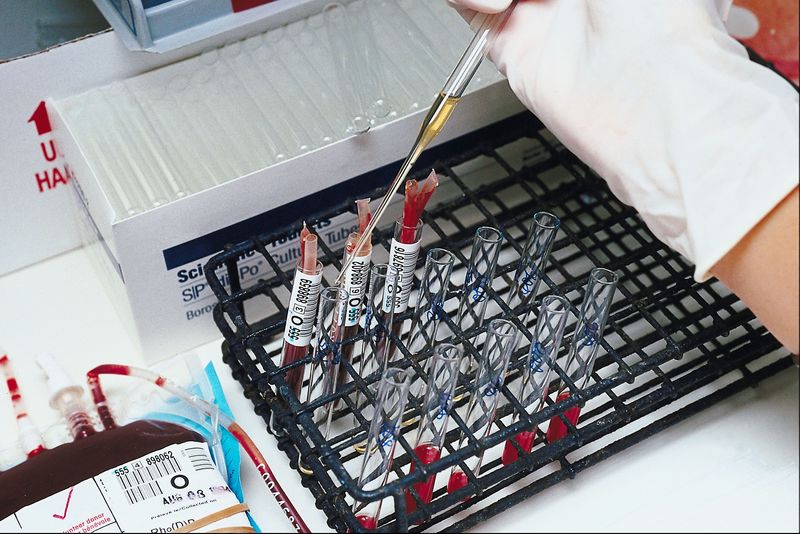
SUNDAY, May 18, 2014 (HealthDay News) — Researchers say they’ve created a simple urine test that detects the presence of dangerous blood clots in the lungs more accurately than the current blood test.
The clot typically forms in the leg, where it is called a deep vein thrombosis, but it can break loose and travel to an artery in the lungs. Once lodged there, the clot, now called a pulmonary embolism, can be life-threatening, the researchers noted.
“The main advantage of our test is that it is noninvasive and can be developed into a urine dipstick test that could have a rapid turnaround time,” said lead researcher Dr. Timothy Fernandes, from the division of pulmonary, critical care and sleep medicine at the University of California, San Diego.
“This would be a tremendous boon to patients from the emergency department to the intensive care unit and even to outpatients,” he added.
The test measures the levels of fibrinopeptide B (FPB), which is released when a clot forms.
Currently, doctors use a blood test to detect these clots. That test looks for a piece of a protein called D-dimer, which appears in the blood as a clot starts breaking apart.
The new test is not only noninvasive, it is more accurate than the D-dimer test, the researchers said.
The urine test can also track ongoing clot activity, another advantage over the D-dimer test, which finds a clot only once it begins to dissolve, Fernandes said.
The findings were to be presented Sunday at the American Thoracic Society annual meeting in San Diego. Research presented at meetings has not been peer-reviewed and should be considered preliminary.
“Our next steps are to further improve the diagnostic accuracy and performance of the test,” Fernandes said. “We plan on evaluating urine FPB in other clinical settings where D-dimer has gained traction, such as for determining risk of venous thromboembolism recurrence after anti-clotting therapy has been stopped.”
One expert noted that a better test for spotting clots in the lungs would be a significant advance.
“Pulmonary embolism can be fatal, and accurate detection is critical,” said Dr. Gregg Fonarow, director of the Ahmanson-UCLA Cardiomyopathy Center, co-director of the UCLA Preventative Cardiology Program and associate chief of the UCLA Division of Cardiology.
Detecting patients with deep vein thrombosis or pulmonary embolism often relies on screening blood tests and imaging tests, he explained. “A D-dimer blood test is commonly used to screen patients, but has limitations in terms of accuracy,” he said.
“These findings, while promising, will need to be replicated in studies involving more diverse patient populations,” Fonarow said.
For the study, Fernandes and colleagues tested stored urine from 344 patients who took part in the Pulmonary Embolism Diagnosis Study.
The goal was to measure the sensitivity and specificity of the test. Sensitivity measures how effective the test is in identifying patients who actually have the condition, and specificity measures the test’s ability to identify patients who don’t.
When they tested the urine for concentrations of FPB, researchers found the results were as sensitive as the D-dimer blood test, but were more specific.
The patent for the test is held by the University of California Board of Regents, which stands to gain financially should the test be approved.
More information
Visit the U.S. Heart, Lung, and Blood Institute for more on deep vein thrombosis.
Copyright © 2025 HealthDay. All rights reserved.

